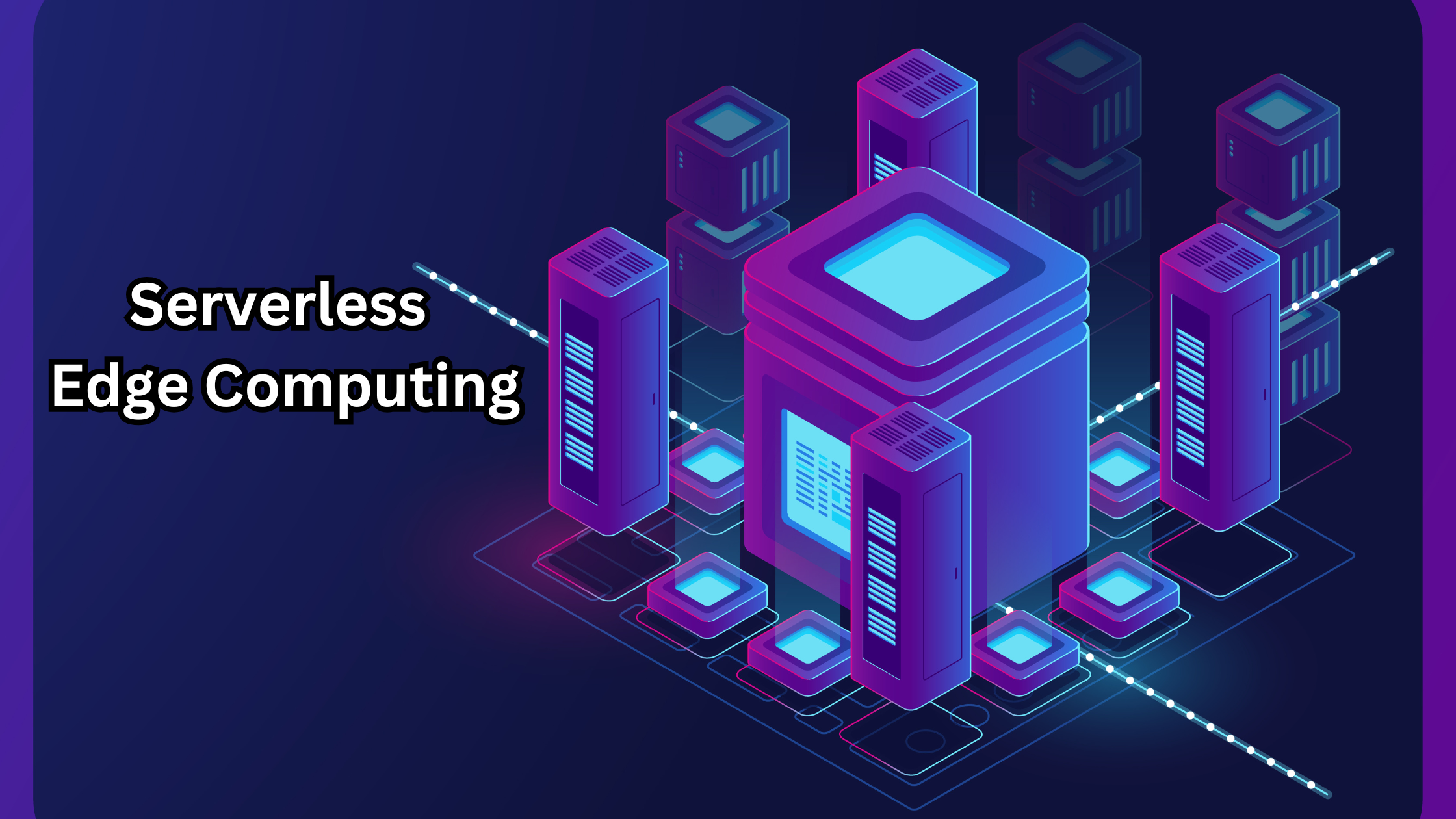In the present online world, businesses require quick, adaptable, and affordable solutions to satisfy customer needs. One new idea gaining attention is Serverless Edge Computing. It combines edge computing and serverless architecture. Let’s uncover what Serverless Edge Computing is and why it matters.
Covered Contents
ToggleWhat is Serverless Edge Computing?
Serverless edge computing runs apps and users, at the edge of a network.
However, there are no servers for developers to manage. This means code runs closer to users, which reduces delays and improves performance.
In traditional serverless computing, applications run in centralized data centers. In edge computing, the execution is brought closer to the end user by taking advantage of edge locations like nearby data centers, IoT devices, or regional servers.
How Does It Work?
Serverless edge computing works on the following core principles:
Function as a Service (FaaS):
Developers write small, specific functions that perform tasks. These functions are executed on-demand.
Edge Locations:
Code is deployed to edge nodes, which are strategically located servers close to users.
Event-Driven Execution:
Functions run when something happens, like a user request or a system update.
No Infrastructure Management:
Developers don’t need to set up or manage servers.
Advantages of Serverless Edge Computing
This technology provides several benefits that make it appealing for modern applications:
1. Reduced Latency
It minimizes the time required to process requests by executing code closer to the end user. This is crucial for applications requiring real-time responses such as gaming and video streaming.
2. Cost Efficiency
This has a pay-as-you-go model where a business pays only for what they use in computing. The amalgamation of the edge with it means they no longer need costly infrastructure.
3. Scalability
Serverless platforms automatically scale to manage an increased amount of traffic or a steady flow of users, therefore being perfect for serverless edge computing.
4. Enhanced Security
Processing data locally reduces the chances of a data breach that occurs when sending the same to the centralized servers; it is crucial in such industries as healthcare and finance.
5. Universal Coverage
With edge nodes spread all over the globe, performance for users will be uniform regardless of their geographical location.
Serverless Edge Computing Use Cases
This technology is revolutionizing industries as it allows new applications to be developed. Here are some examples:
Content Delivery Networks (CDNs)
CDNs leverage serverless edge computing for web content caching and delivery in real time. This allows pages to load faster while saving bandwidth.
IoT Applications
Edge computing processes data from IoT devices at the edge, which speeds up decision-making and cuts bandwidth usage. Smart homes, industrial automation, and wearable devices benefit from this approach.
Real-Time Analytics
Businesses can analyze user behavior, application metrics, or video streams in real-time at the edge, leading to faster insights and better user experiences.
Gaming and AR/VR
For gaming and augmented/virtual reality applications, low latency is critical. Serverless edge computing ensures smooth gameplay and immersive experiences.
Challenges of Serverless Edge Computing
Despite its advantages, this technology faces some challenges:
Complexity: Managing distributed systems and ensuring synchronization can be difficult.
Limited Resources: Edge nodes have limited computational power compared to centralized data centers.
Vendor Lock-In: Businesses might become reliant on specific cloud providers offering serverless edge solutions.
Data Privacy Concerns: Processing data at multiple edge locations requires robust privacy measures.
Future of Serverless Edge Computing
As demand for real-time applications is increasing, serverless edge computing will only continue to evolve further. Innovations like 5G, AI-driven optimization, and edge-specific programming frameworks will add more value to the services. Businesses adopting this technology will gain an advantage in terms of better performance and user experience.
Conclusion
Serverless edge computing is a giant step forward in the way application development and delivery are currently being approached. It allows businesses to take on the challenges of modern times with agility and efficiency.
This technology is only going to mature as it is adopted and allows new innovations. Whether a developer or business leader, this technology can open up much more when understood and leveraged through serverless edge computing.


